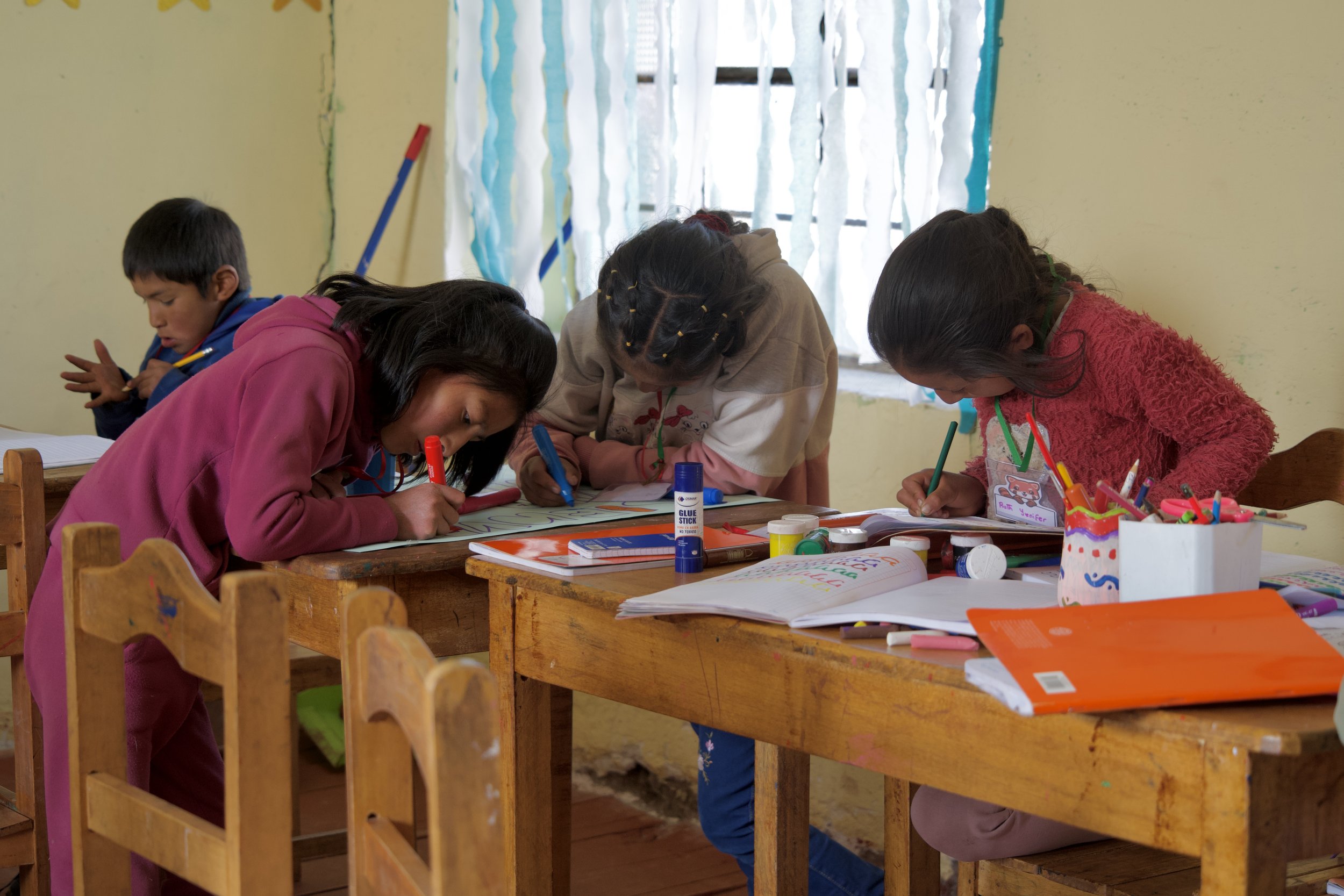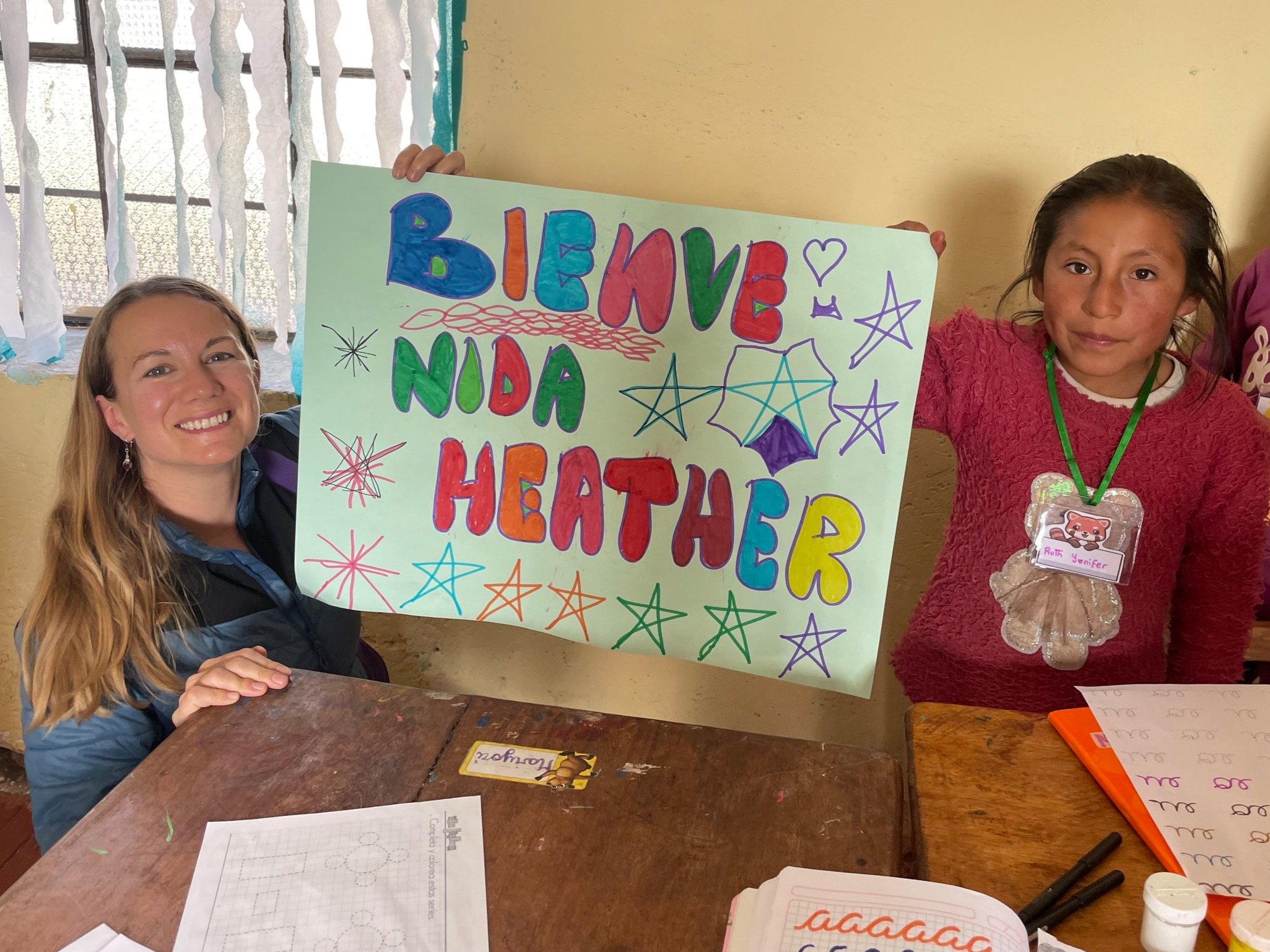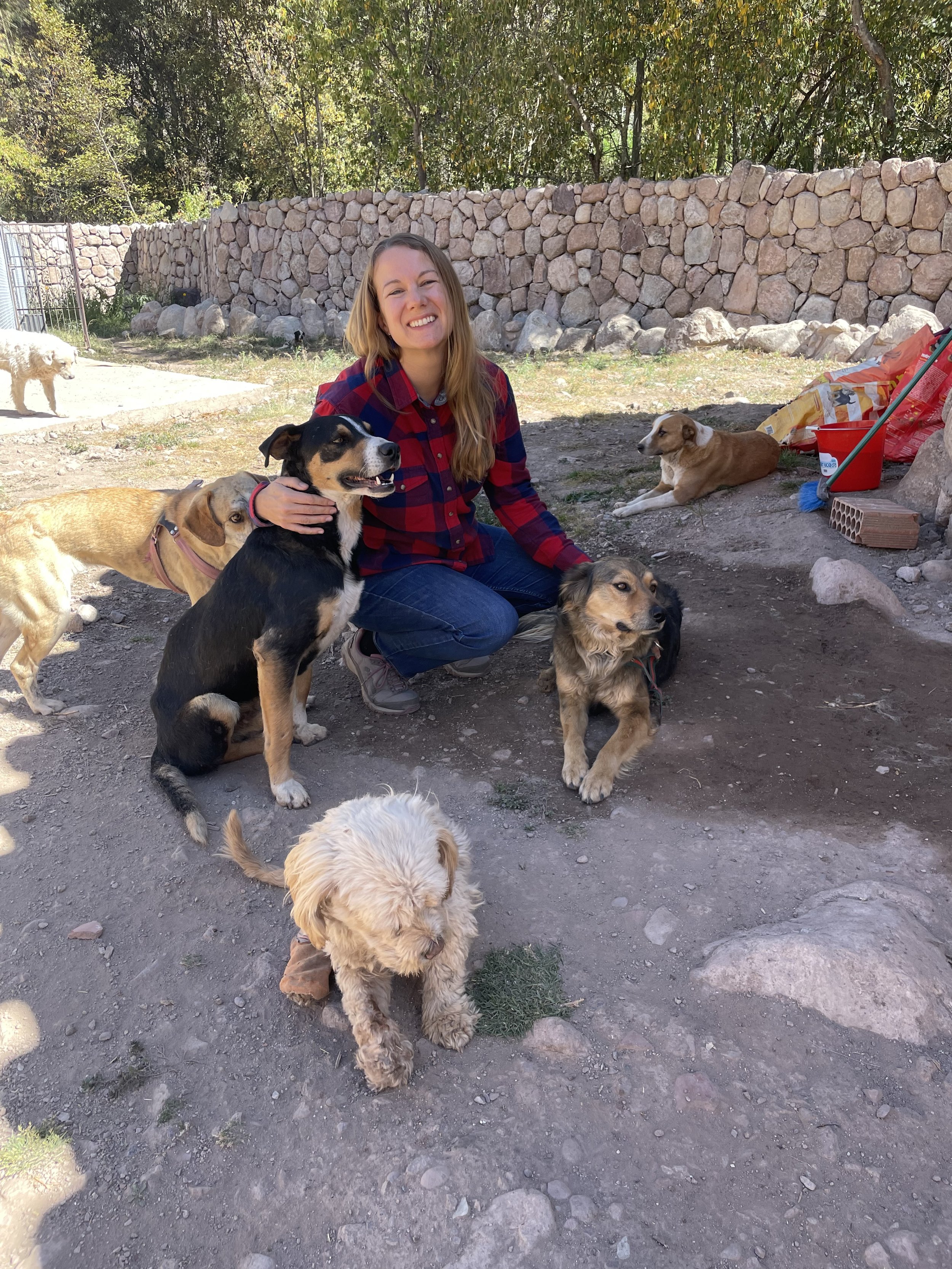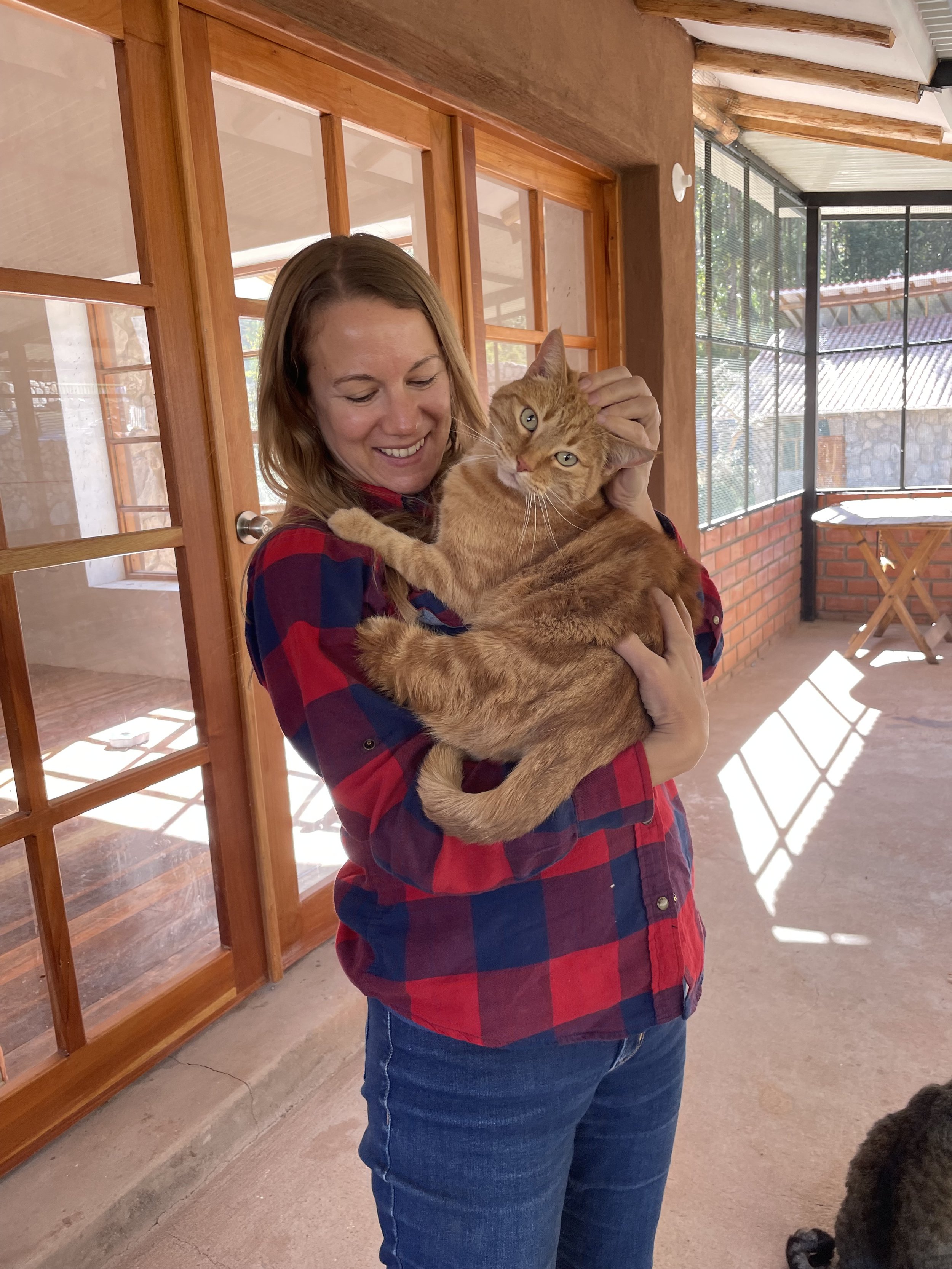Travel Tip 8
How to practice regenerative tourism.
Bonifacia lives in Umasbamba, near Chinchero, where she preserves her community’s ancestral weaving techniques.
Regenerative tourism is the new buzz in the travel industry, but how is it different from sustainable tourism?
For decades now, the travel industry has bragged about its sustainability. Travel agencies, hotels, restaurants, airlines and more publicize how many trees they plant every year or how they don’t have any single-use plastics on their trips.
However, the more I learn about the tourism industry, the more obvious it is just how much environmental damage it does. I’m also dismayed at how often tourism exacerbates existing social and economic disparities.
Sustainable or responsible tourism aims to do no harm, but tourism can be so damaging that claiming to do no harm is no longer enough. In the face of climate change and its disproportionate effect on people in tourist destinations who are facing increasing economic disparity, we must actively work towards making things better.
Regenerative tourism is the idea that a tourist can actively improve the place they visit.
This goes way beyond using biodegradable straws.
Regenerative tourism can tackle a wide range of issues: the environment, education, Indigenous peoples’ rights, social welfare, political representation and all the big problems that need addressing for the people who live in the tourist destination. As a tourist, you might visit a local NGO and donate some of your time or skills. (People with medical skills are in high demand). You might plant trees or pick up trash on a beach. You could go to an arts center where children are learning ancestral art forms or attend a performance where musicians perform in their Indigenous language.
There is an infinite number of ways that a tourist can actively improve the place they visit. The action that you take as a tourist should be dictated by the needs of the community or ecosystem you visit.
If you travel with a tour agency, pick one that spells out their environmental and social programs. Check that it’s not just lip service to sustainability. I’ve even gone to interview a company about their environmental conservation only to be told that Eco was just part of the name and that they don’t have any environmental programs. (That was in Lençóis, Chapada Diamantina, Brazil).
Kuoda Travel is a Peruvian tour operator that supports a long list of environmental and social projects through their non-profit Kaypi Kunan. The Andean Children’s Learning Center (pictured above) is just one of Kuoda’s many projects.
If you’re going solo, like I usually do, devote some time to researching the place you’re visiting to find out what the challenges there are. In the Peruvian Amazon, deforestation due to illegal logging and mining is happening at a terrifying speed. I went to Mirador Pico de Hoz (featured in last week’s newsletter) where a local family is reforesting their land. Though past generations had logged the rainforest and used the land for agriculture, the current generation is planting native trees and creating habitat for birds and other endangered animals to come back.
If you want to spend some time in the Sacred Valley, near Cusco, one fantastic option is Colitas Con Canas, an animal shelter in Urubamba. The name translates to "little tails with gray hairs” because most of the animals at the shelter are elderly. Volunteers can stay for free in a bunk room or rent one of the newly built (and beautiful) cabins.
Wherever you go, however you travel, there is a way to leave a positive impact.
If you don’t have the time to research the best way to leave that impact, find a local tour operator in the destination who explicitly spells out exactly how traveling with them will leave the destination better than you found it.
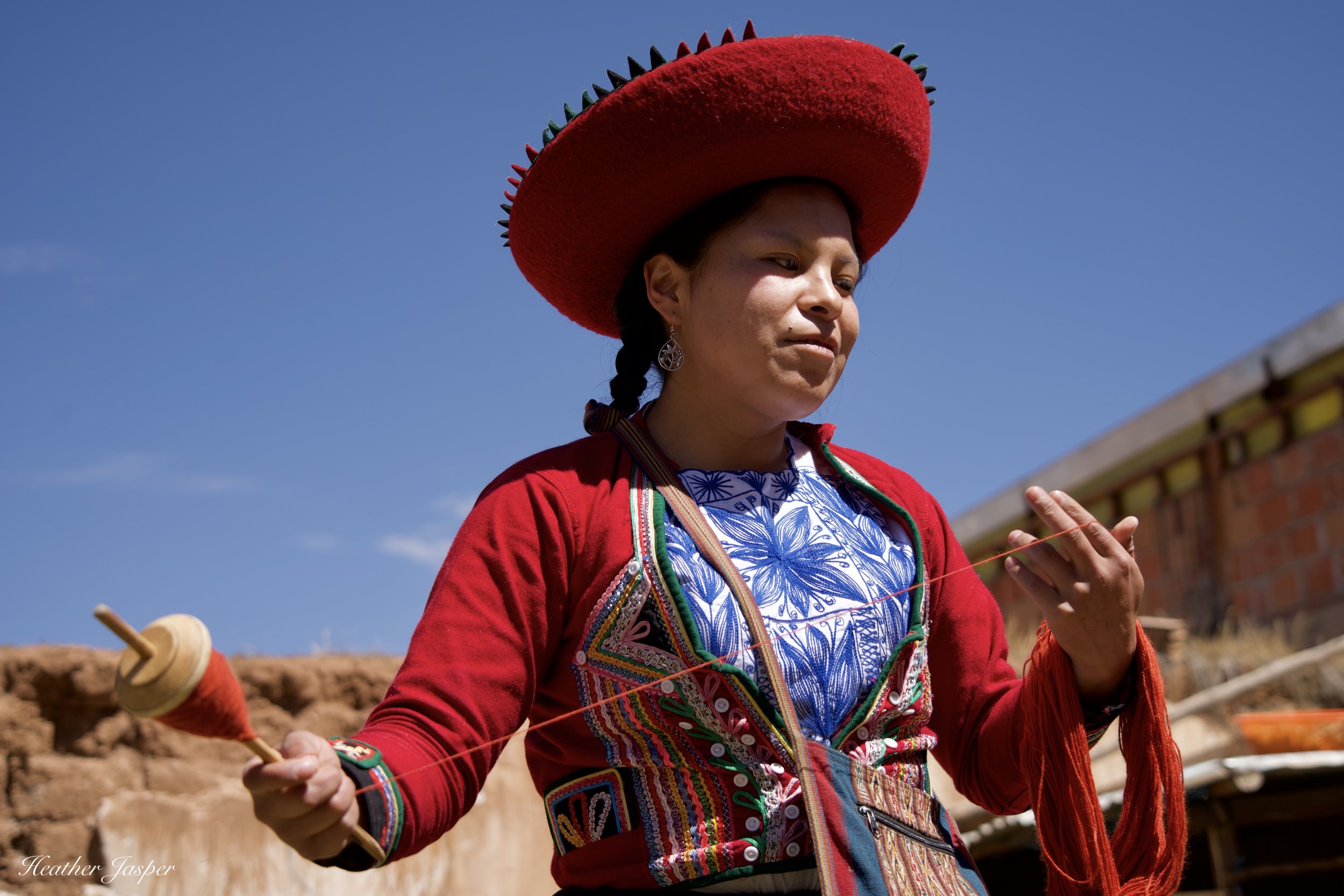
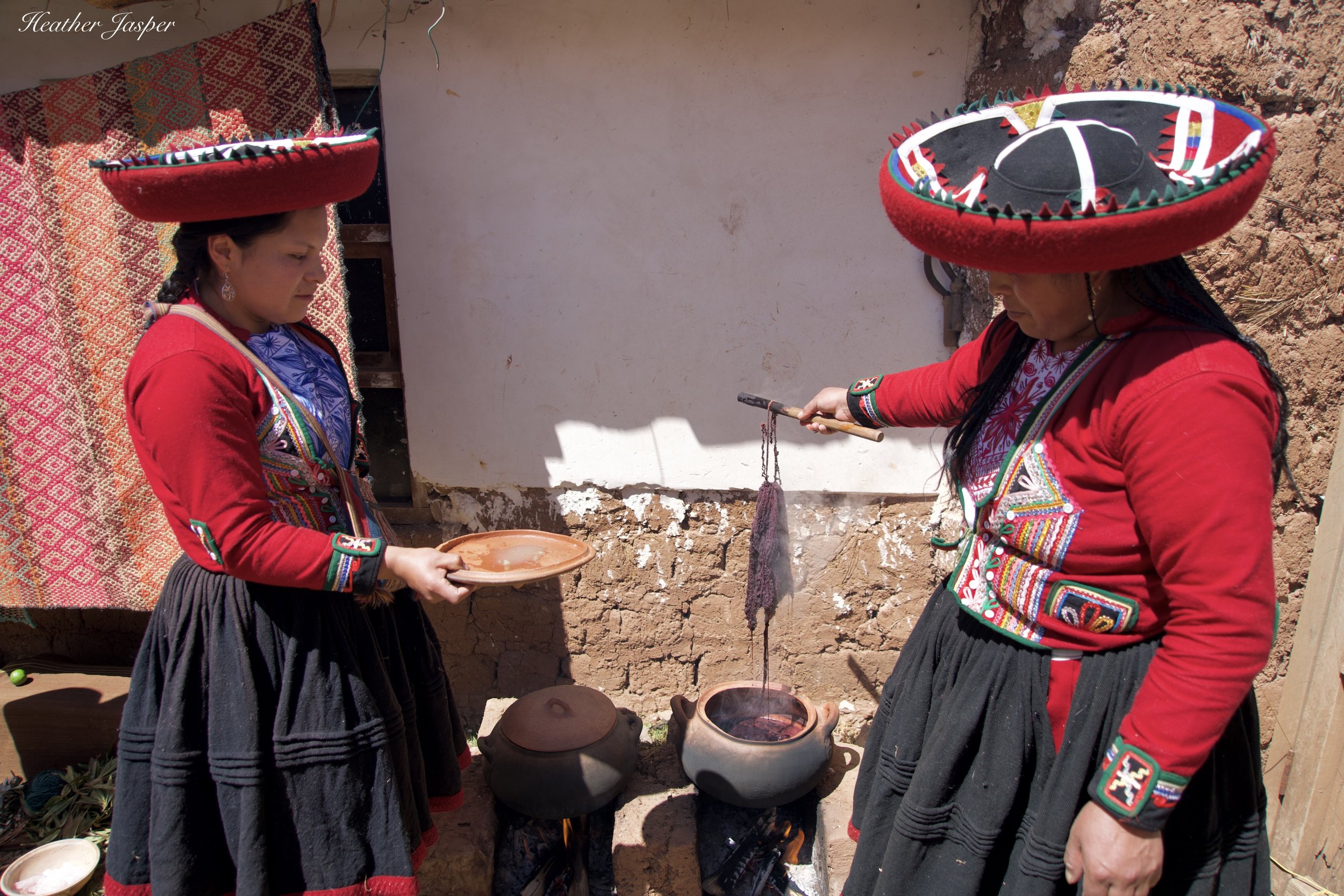
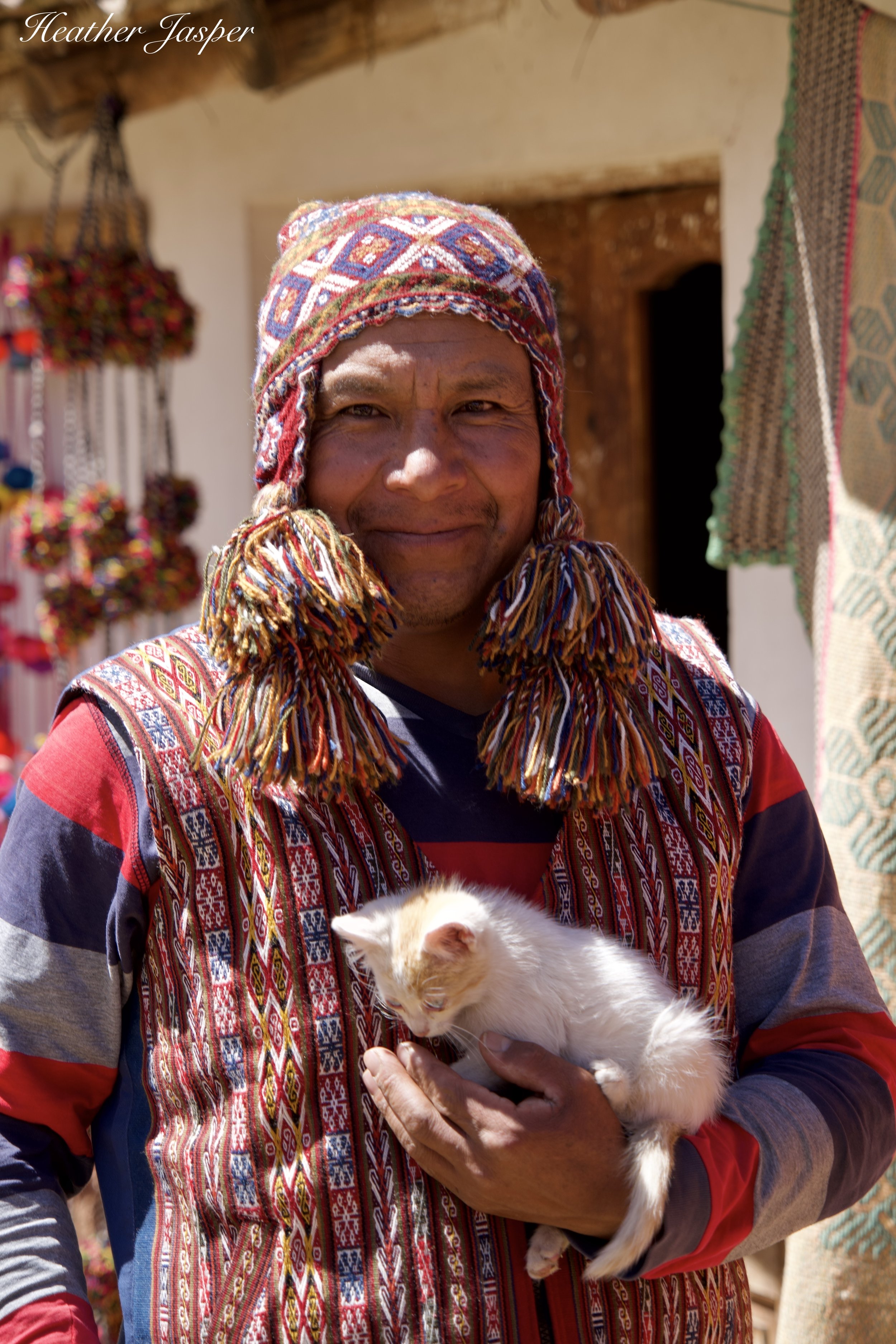
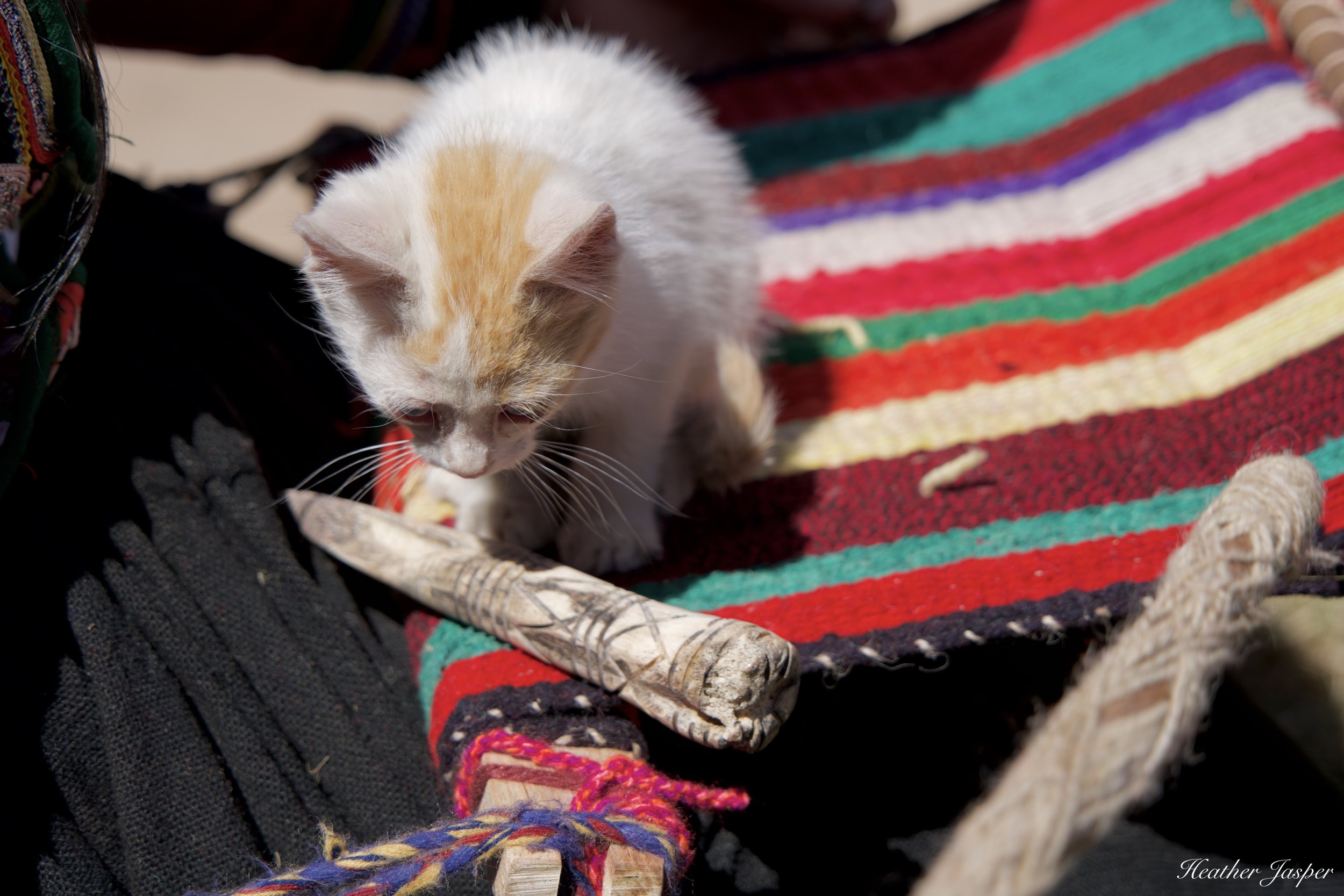
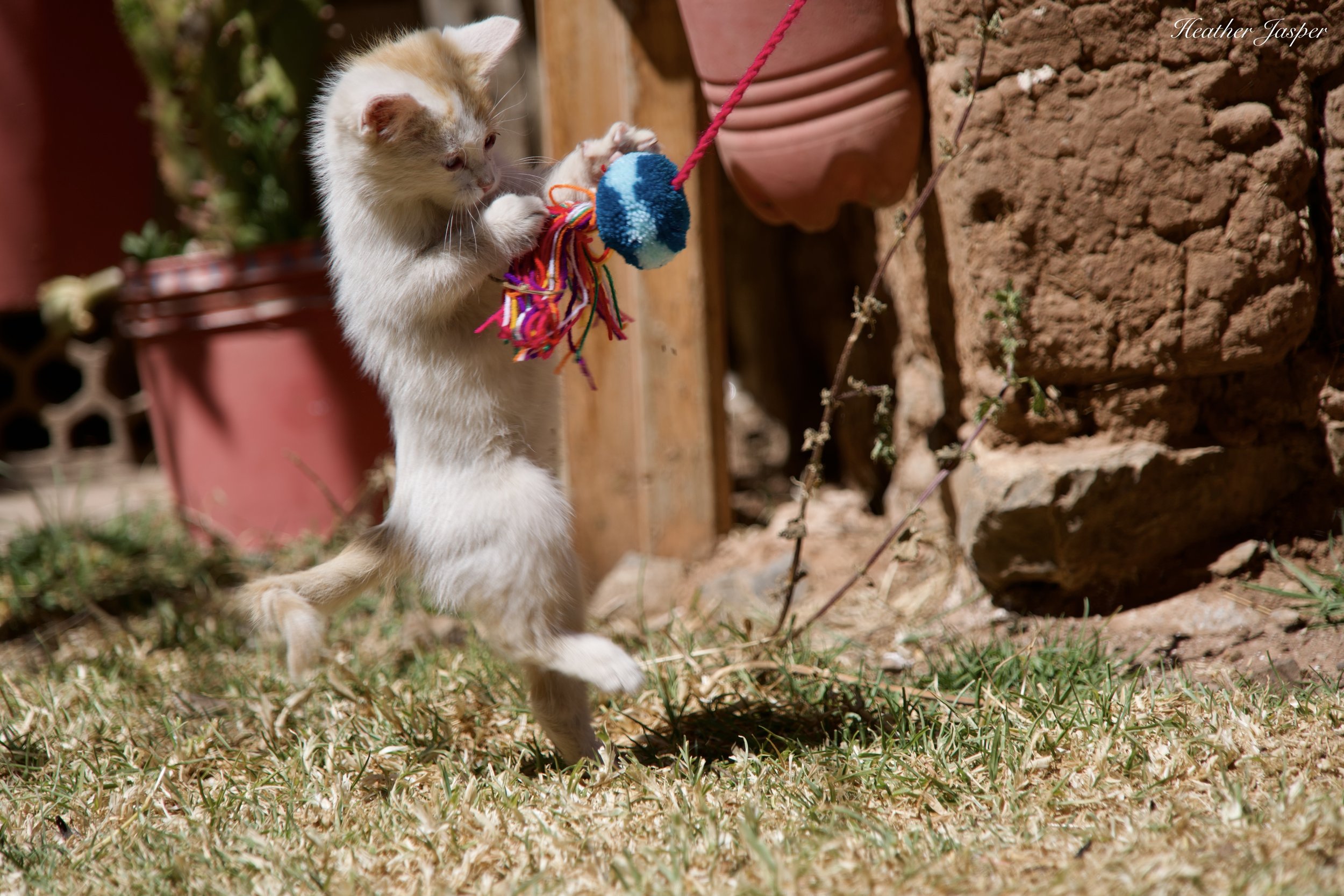
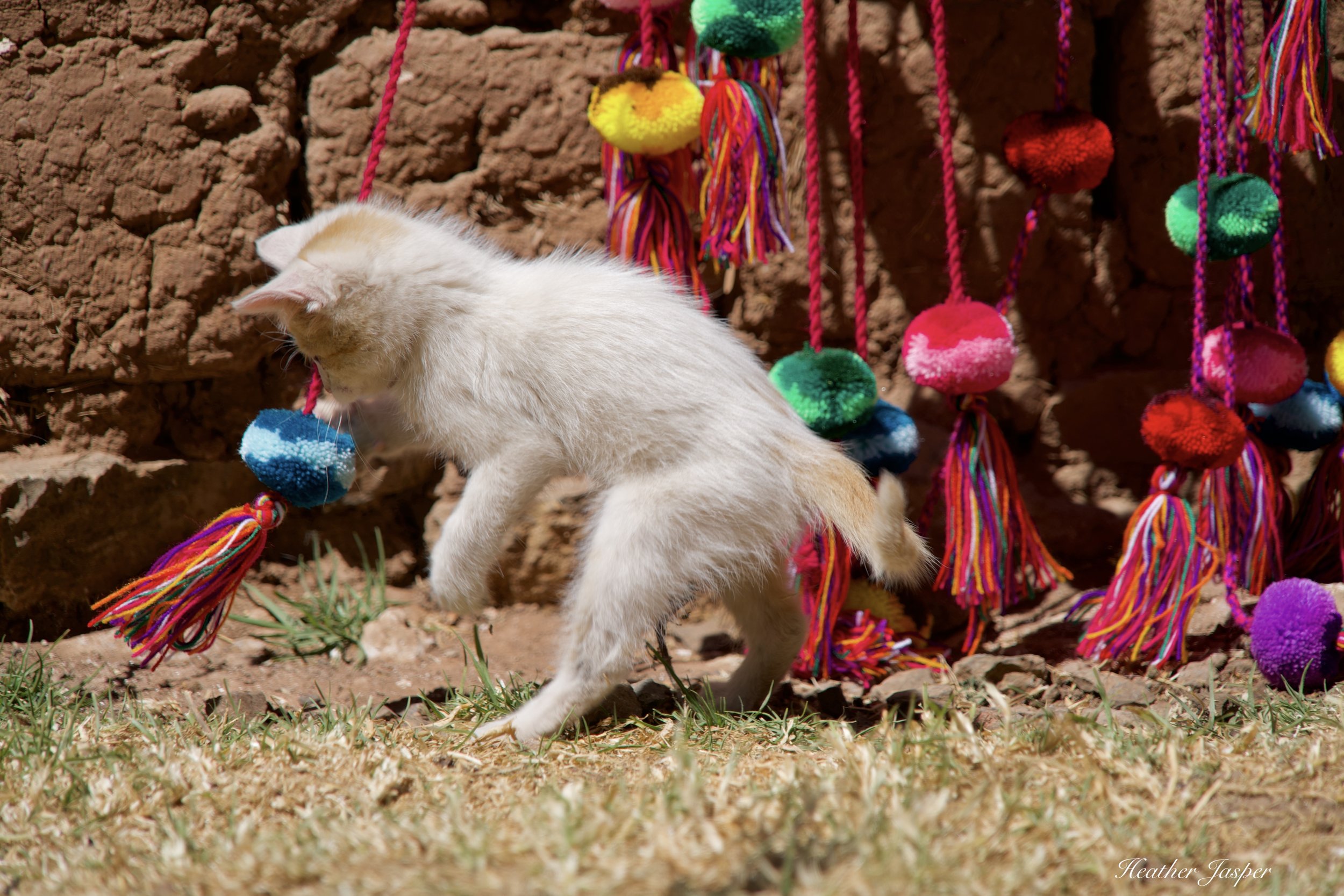
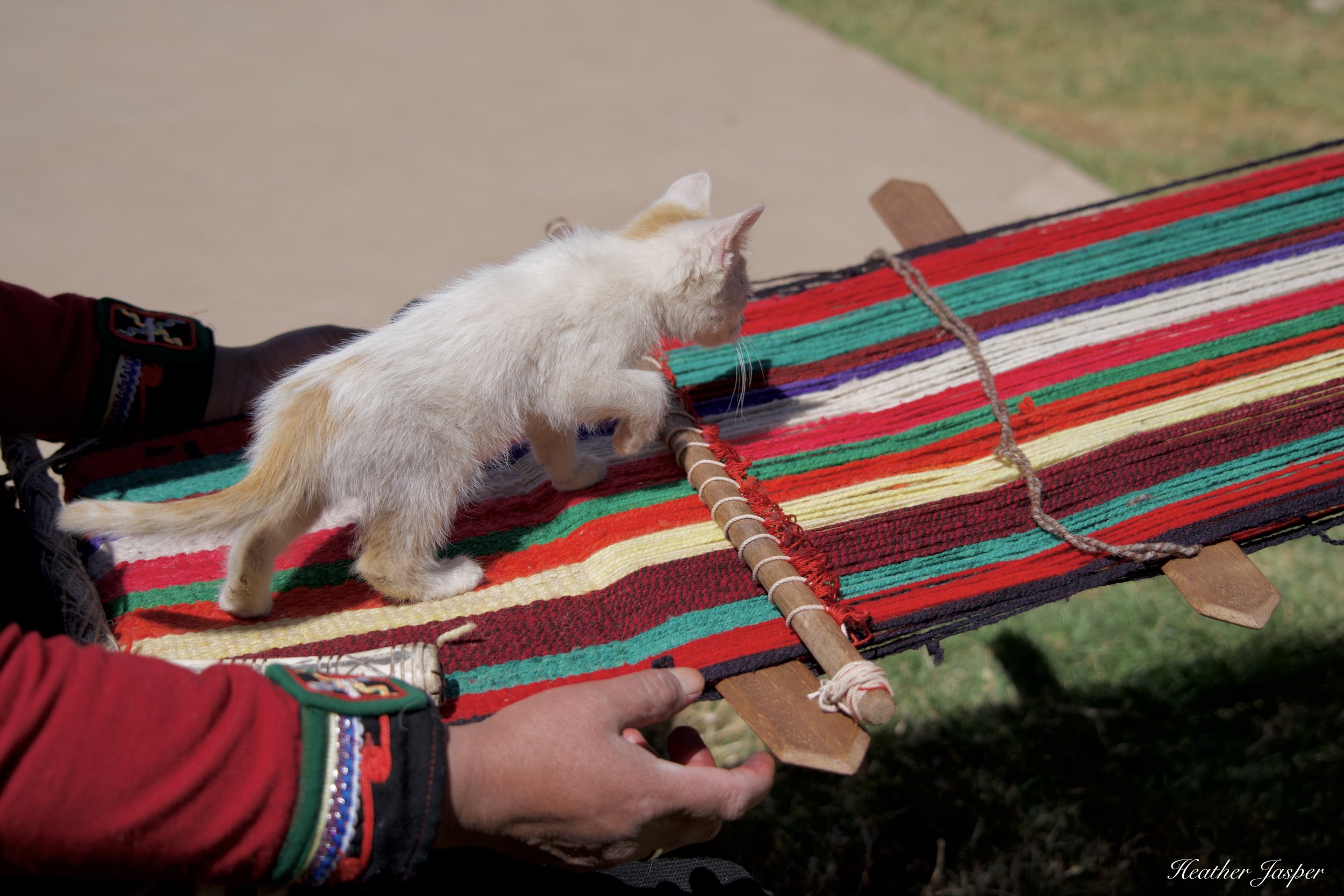
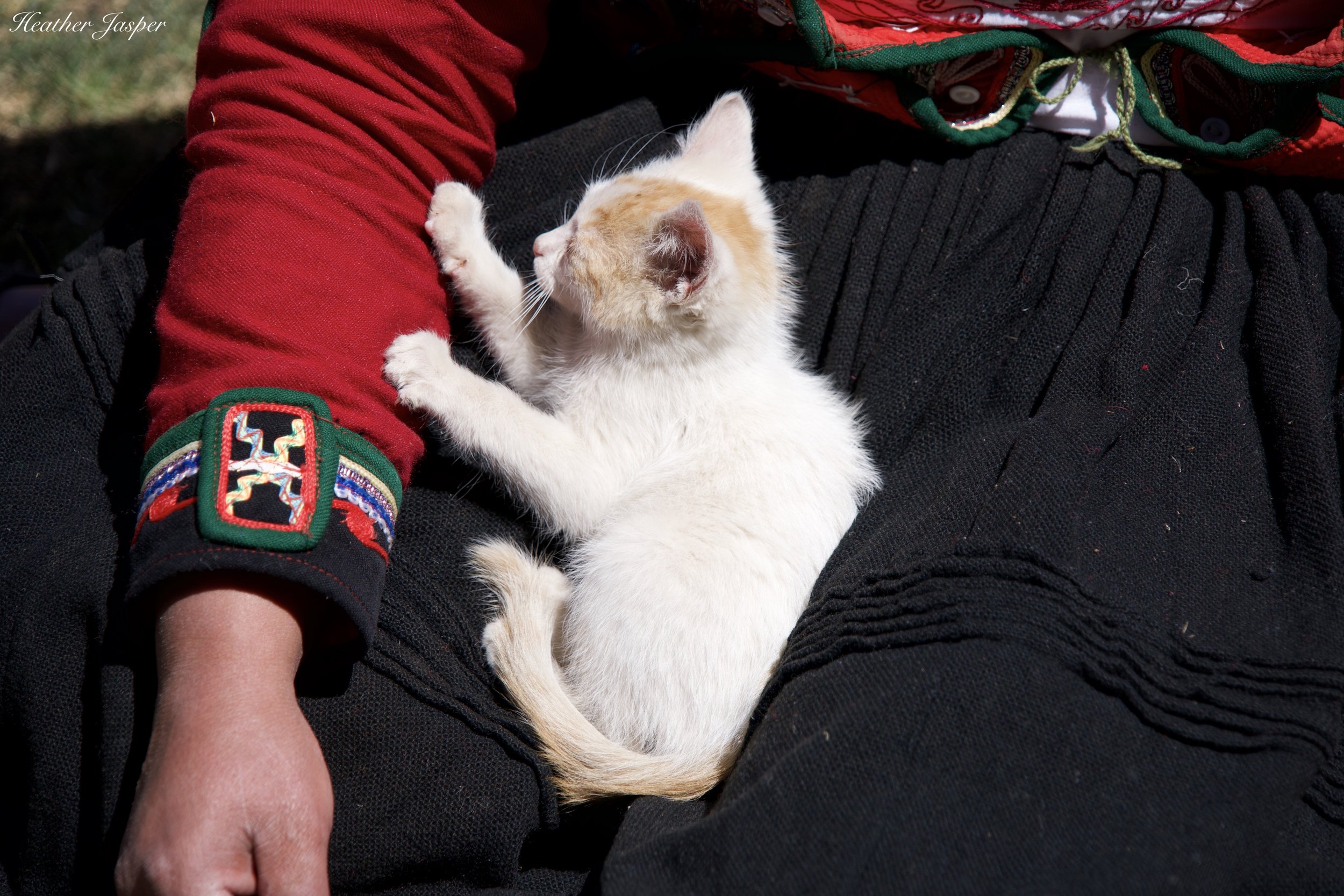
Recent blog
My friend Hannah Jenkinson of HJK knitwear invited me to Chinchero to meet Erlinda, one of the most talented weavers in Chinchero. She welcomed us to her home and introduced us to her daughter Karen and her husband Daniel. They showed us how they make blankets and other weavings from the sheep to the final product. They really had some sheep in the back yard where they did the demonstration! They also had an adorable kitten and as you can see in the photos above. Click on the link above to read all about Chinchero and see more photos.
Recent podcast
Design Her Travel Podcast Interview with Heather Jasper
This week, rather than a recently published article, I’m sharing a podcast that I was featured on! Kim and I talk about my top tip for learning languages and why being afraid of something might just be the reason to do it. I also explain how the more I travel, the harder it is for me to see differences and the more I notice our shared common humanity. Listen below or subscribe to the podcast on the link above.


